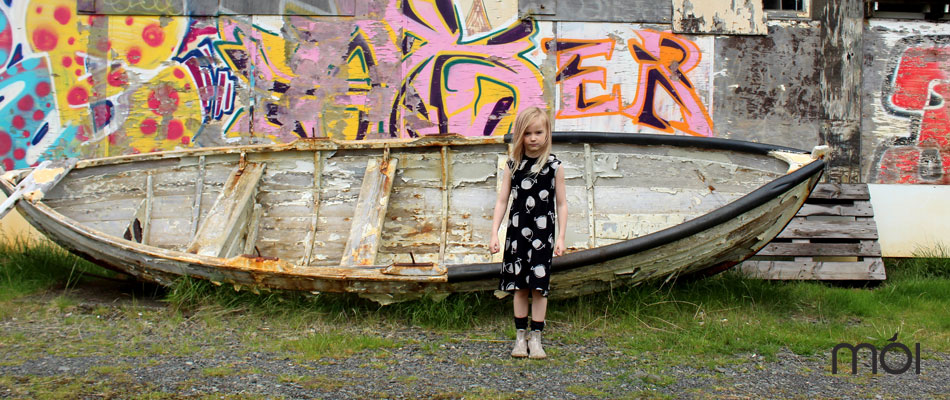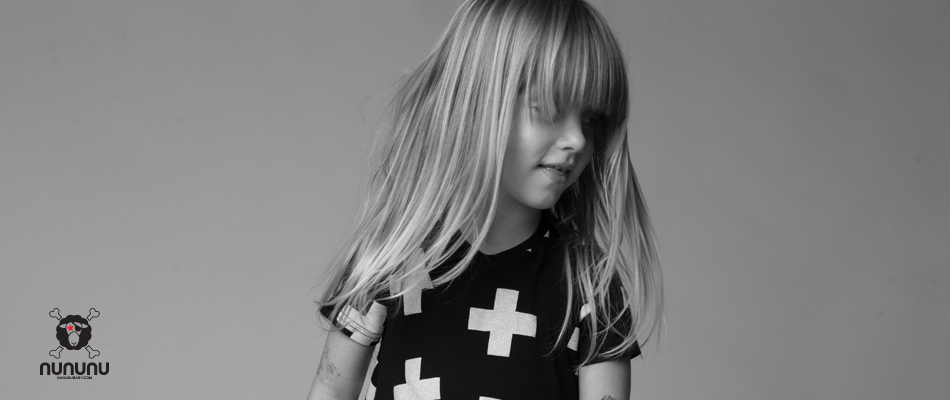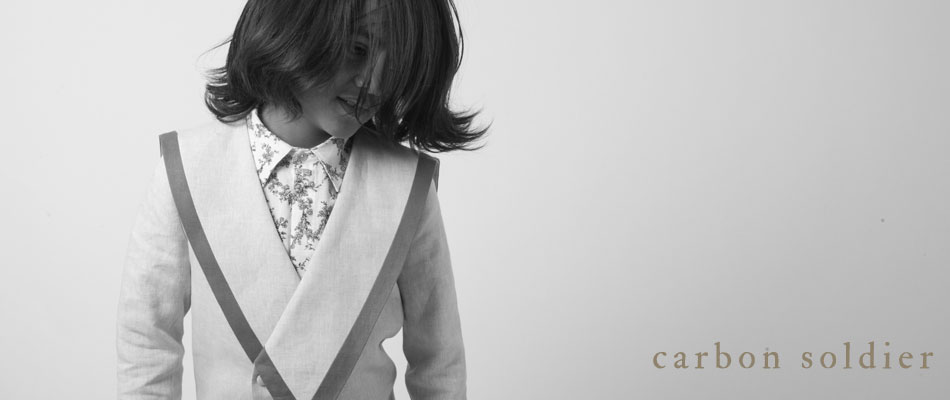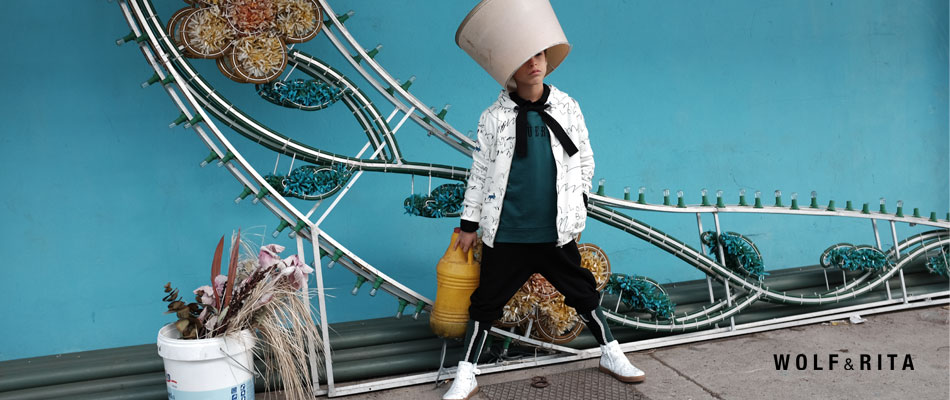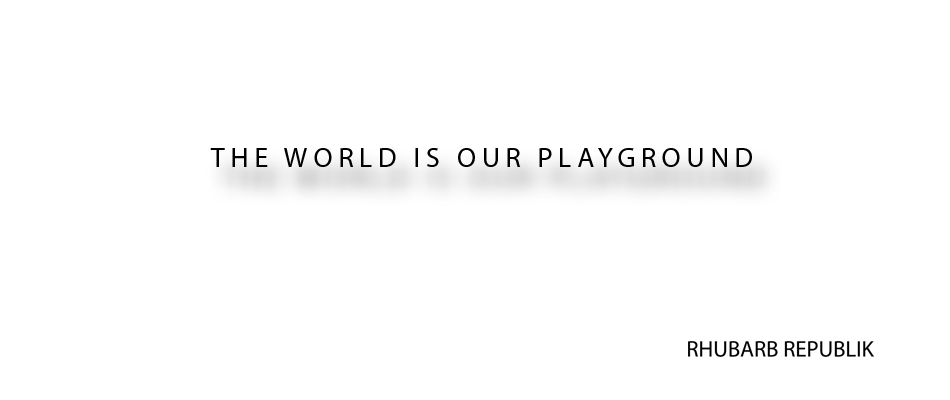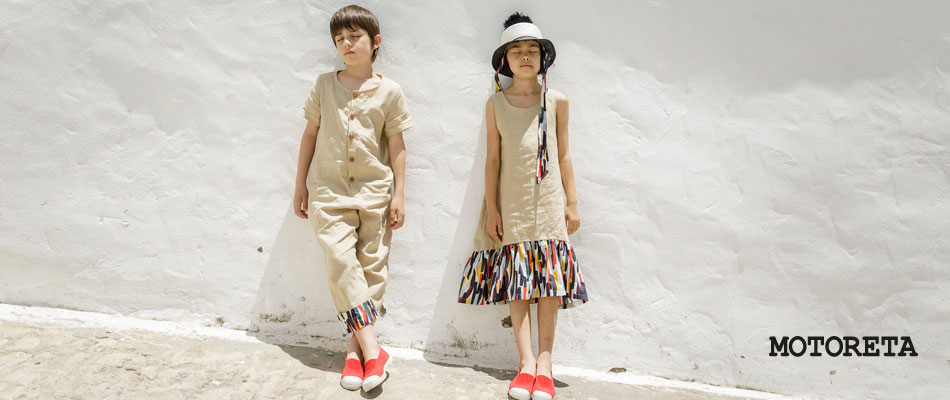Bamboo in Textiles
Bamboo is a group of perennial evergreens in the true grass family Poaceae, subfamily Bambusoideae, tribe Bambuseae. Giant bamboos are the largest members of the grass family. There are many types of bamboo, such as ‘Fargesia Qinlingensis’ in the Qinling Mountains in China.
Bamboos are some of the fastest growing plants in the world. They are capable of growing 100 cm (39 in.) or more per day due to a unique rhizome-dependent system. However, the growth rate is dependent on local soil and climatic conditions.
Bamboos are of notable economic and cultural significance in East Asia and South East Asia, being used for building materials, as a food source, and as a versatile raw product.
Because the fibers of bamboo are very short (less than 3mm), they are impossible to transform into yarn in a natural process. The usual process by which textiles labeled as being made of bamboo are produced uses only the rayon, that is being made out of the fibers with heavy employment of chemicals. To accomplish this, the fibers are broken down with chemicals and extruded through mechanical spinnerets; the chemicals include lye, carbon disulfide and strong acids. Retailers have sold both end products as “bamboo fabric” to cash in on bamboo’s current eco-friendly cachet, however the Canadian Competition Bureau and the US Federal Trade Commission, as of mid-2009, are cracking down on the practice of labeling bamboo rayon as natural bamboo fabric. Under the guidelines of both agencies these products must be labeled as rayon with the optional qualifier “from bamboo”. Bamboo fabric is known for its softness and boasts strong absorbency and anti-microbial properties, though the chemical process in bamboo rayon destroys any anti-microbial quality.
Ecobudz make use of Bamboo in their garments…… [www.ecobudz.com]

